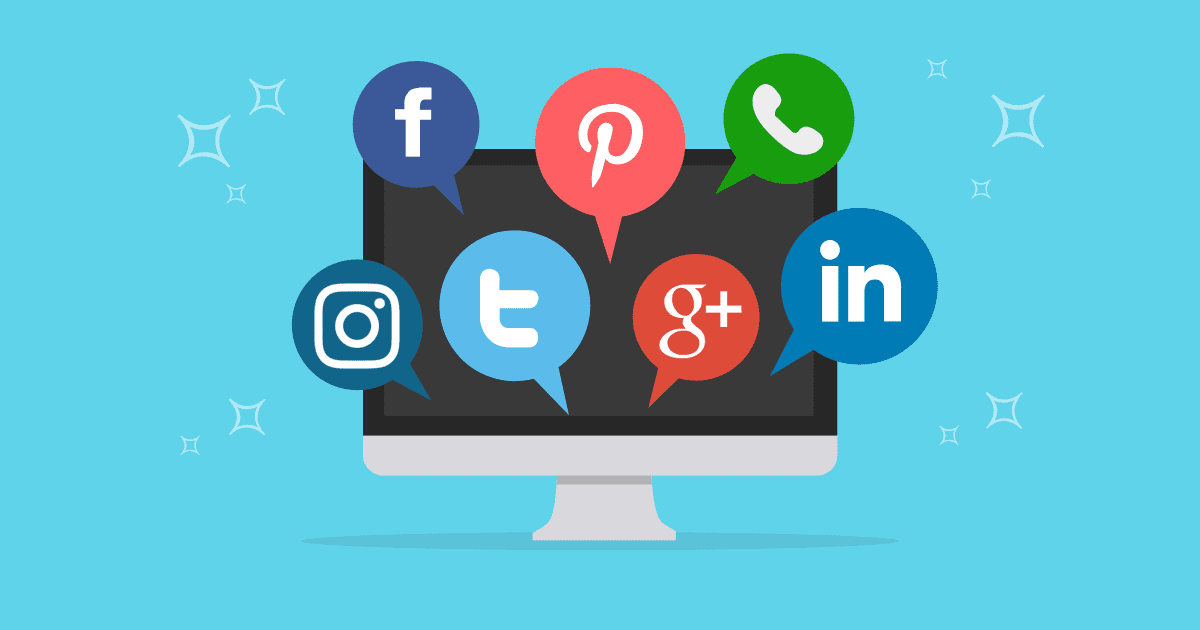Today, social media permeates nearly every aspect of our lives—and with the adoption of these platforms as event engagement tools, it has become more important than ever for event planners to know how to use these channels to their advantage. Of course, this can be easier said than done, as keeping up with changes in social media event strategies can often seem like a never-ending battle. Fortunately, there are some social media management and engagement strategies that any event planner can follow in preparation for an event. These strategies can help to spread the word about your event in the weeks and months prior, as well as generate buzz during and long after the event has ended.
Start By Knowing Your Attendee Demographics
You can avoid wasting your time and efforts by carefully researching and understanding your attendee demographics ahead of time. This will help you to make better-informed decisions regarding which social media platforms will be most effective in getting your message across; the last thing you want is to put all this thought and effort into implementing a social media strategy on Facebook for your event, only to find out later that the majority of your attendees are actually using a different platform.
Age is an important demographic to take into consideration when deciding on the event social media platforms that are best suited for your needs. For example, if your attendees are primarily baby boomers, there’s a good chance they’re not using Snapchat or Instagram. They may be on Twitter, Facebook, or LinkedIn. On the other hand, Millennials are more likely to be on a wider range of platforms, so you may need to expand your efforts to reflect this.
Social Media Engagement Strategies and Tips for Popular Networks
Once you’ve narrowed down the social media platforms you’ll be using as engagement tools for your upcoming event, it’s time to review some specific advice and guidance for maximizing your use of each platform.
With Twitter and many other platforms, it’s all about the hashtags. Aside from keeping tweets brief (the current character limit is just 280), you should always use #hashtags, as tweets with hashtags are significantly more likely to be retweeted than those without hashtags. Above all else, it’s important to have an official hashtag for your event; your event name along with the year is a good place to start for a basic hashtag. This will make it easier for users to join in on the discussion about your event and will also make it easier for you and/or your social media manager to stay on top of what others are talking about. It’s important to do your research when choosing an event hashtag, and avoid mistakes made by these brands.
With Facebook, the use of media is your best friend. Photos, videos, and other media can all be easily shared via Facebook and provide great engagement tools for your audience in preparation for your event. Consider, for example, holding a Facebook “create-a-caption” contest and gift the winner with free registration to your event or special event swag. Facebook also offers some great tools for increasing engagement, such as the ability to create polls (ideal for collecting input before and after your event) and tag event pages directly (and yes, you should definitely make sure your event has an official event page on Facebook).
Instagram and Snapchat
Your followers will be expecting you to share some eye-catching photos and videos, so it’s a good idea to throw in some behind-the-scenes media that you may not otherwise share on your Twitter and Facebook accounts. And with platforms like Instagram, keep in mind that the size of your images can make a huge impact on how they display on your followers’ news feeds. Ideally, your images should be 1080 x 1080 pixels for optimal display; any larger and you may have parts of your image cut off. Any smaller and your images may appear pixelated or low resolution on your followers’ news feeds. As with all social media platforms, these mediums are about telling stories, so remember to add pictures, videos, and polls using the story feature. When relevant to your audience consider purchasing a Geofilter for added branding and engagement.
LinkedIn’s user base has increased substantially in recent years and it is steadily becoming an important tool for communicating with professionals. In general, well-written content should be your focus if you want to engage attendees and followers on LinkedIn. Taking the time to publish articles and posts about your upcoming event and finding ways to relate current events and news stories with your event will go a long way in improving engagement. In addition, LinkedIn supports hashtags so remember to tag your posts to keep your attendees engaged and gain exposure from prospective attendees searching for related information.
Utilize Social Networking Before, During, and After Your Event
Remember: the time to begin engaging your social media followers about your event is months in advance. Social media can be an extremely effective tool for boosting hype for your event, getting people to register, and ultimately improving the attendance and outcome of your event. While the value of using social media during your event may seem obvious, it’s also important to keep the conversation going long after the conclusion of your event as well.
How Expo Pass Can Help With Your Social Media Communication
Having the right conference social media management tools on your side can also make a huge difference in the success of your marketing strategy. Expo Pass makes it easy for you to manage your event-related social media communication in an effective and convenient way. With tools like social tagging and in-app social feed aggregation, your attendees will be able to keep up with all the buzz in real-time.



